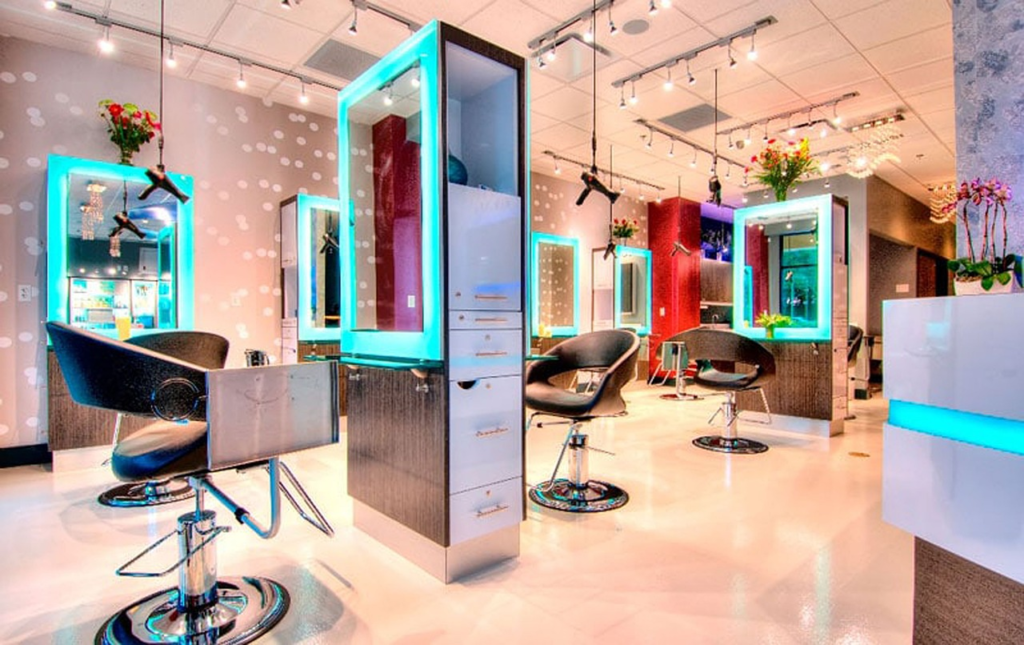A home isn’t just a building, it’s a reflection of the people living inside it. Just like clothes or music, interiors are a form of self-expression where everything from the colours chosen to the layout and trinkets tell a story about who you are, what your habits are, and where your priorities lie.
It’s not about fitting into neat boxes. People are layered, and so are homes. Where one room might feel serene and structured, another might be playful and spontaneous. In many ways, the most authentic interiors embrace these contradictions, because that’s exactly what life is like.
The Pitfall of Trend-Led Design
Trends can be tempting, especially when they’re everywhere, constantly promising instant style points. Except they aren’t made for you.
A trending interior aesthetic is designed to appeal to a broad audience; it doesn’t reflect individual quirks or lifestyle needs. That’s why the “must-have” look of the year can feel oddly lifeless once it’s in your living room.
Take, for example, the rise of “millennial grey.” While it looked sleek online, the reality of it was cold and flat. Consider dopamine décor, with its vibrant colours and maximalist patterns; for some, it might be fantastic, but for others, it could be overwhelming.
Then there’s the issue of longevity. Trends move fast; coming and going within weeks, if not days. If your space is designed solely on “what’s in”, it risks needing a full refresh sooner than you’d like, which isn’t ideal for budgets or sustainability.
Designing for Personality
The best interiors work from the inside out. So, instead of starting with a trend, ask yourself some questions:
- How do you want to feel in each room? Is it cosy, energised, focused, or relaxed?
- What colours, textures, and shapes are you naturally drawn to?
- Which activities matter most at home? Is it cooking, reading, working out, or resting?
- How much do you want on display, and how much do you prefer hidden storage?
With those answers in tow, style choices become more intuitive. A home chef might invest in a statement kitchen island with durable quartz counters, while someone who values tranquillity might choose soft, muted tones for their walls. Pet owners and families will prefer easy-to-clean luxury vinyl floors, while an elderly couple might choose a soft, cushioning carpet.
When to Borrow from Trends
That’s not to say that trends are inherently bad. They can be a great source of inspiration, especially for small changes. A trending accent colour might refresh a guest room, or a popular curve-led furniture style might soften a boxy living space.
The key is to filter them. If something’s trending but doesn’t fit your personal taste, lifestyle, or the home’s existing architecture, it’s okay to pass on it. Just like it’s okay to accept them if they do fit in.
At the end of the day, trends work best when you treat them as “seasoning”. Incorporating them into small bits of décor like cushions, rugs, or even a statement wall. Things that can be easily swapped in and out without overhauling the entire home.
Creating a Space that Lasts
A home that endures in both style and functionality isn’t built overnight. It takes time, thoughtful decisions, quality materials, and a willingness to invest in the long game rather than the quick fix as it’s rooted in the slow decorating movement.
One of the biggest advantages of designing with personality over trends is longevity. When the style reflects the people living there, it naturally resists feeling dated because it isn’t tied to a passing aesthetic. Although a timeless home doesn’t mean you can’t change anything! Rather, it’s about evolving in a way that keeps the core identity intact.
Above all else, investing in the foundations will get you very far. Your floors, walls, and other built-in features are the backbone of any home. By getting these right, everything else becomes easier to adapt over time. A good example is solid or engineered wood flooring; not only are these materials durable, they’re also highly versatile, working seamlessly with everything from traditional furniture to contemporary minimalism. Even when other elements change, the flooring can stay the same, saving both money and disruption.
But remember, homes aren’t static. Lifestyles change, families grow, tastes evolve, and hobbies shift. A lasting design anticipates these changes by incorporating flexibility.
Ultimately, a home designed to last offers more than durability. It delivers comfort, familiarity, and a sense of belonging. The space will evolve, but it won’t lose its essence. After all, it’s a living, breathing reflection of the people in it. And that’s something fleeting trends can’t match.





